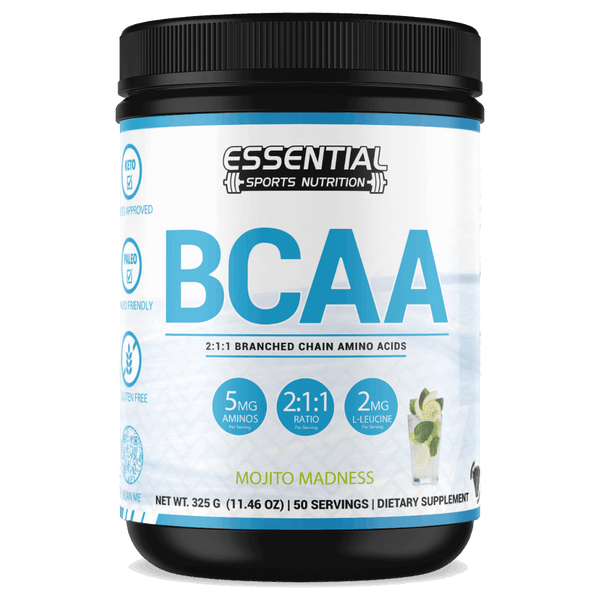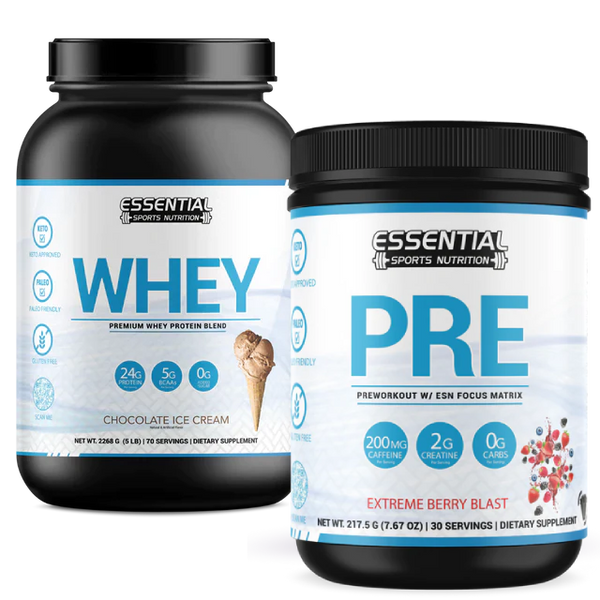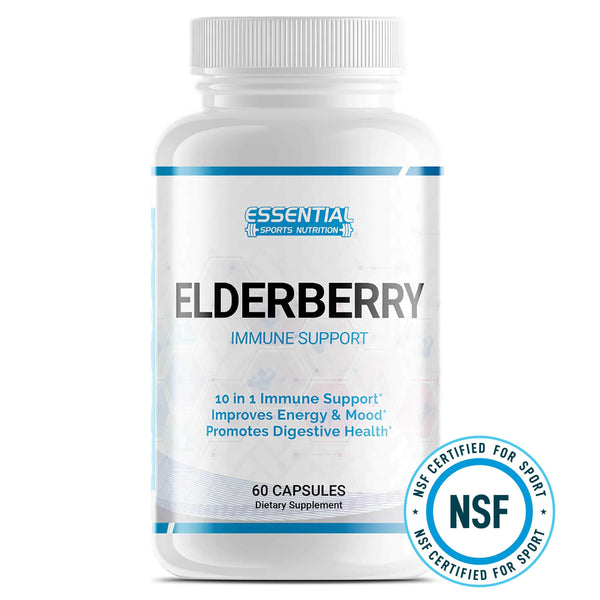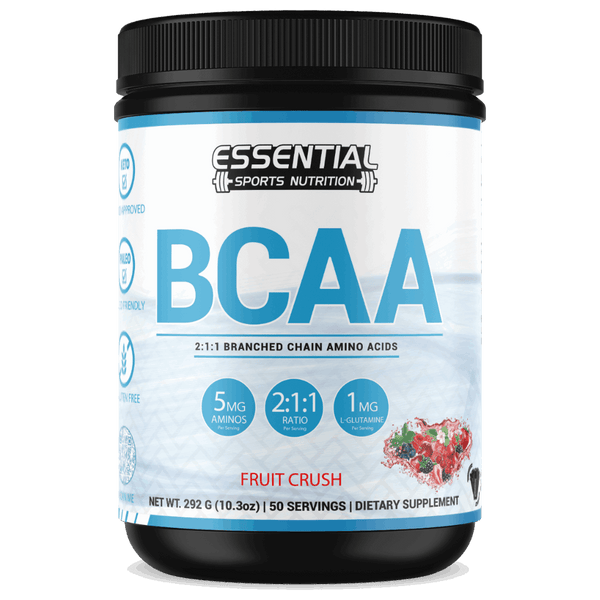Perform Goblet Squat Variations, Proper Form, and Muscles Worked
To master proper form in Goblet Squats, maintain an upright torso, hold the weight close to your chest, push your hips back, and keep weight in your heels while bending your knees. This engages major lower body muscles, enhances posture, and improves flexibility and strength. Common variations include Box Goblet Squat, Kettlebell Goblet Squat, and Sumo Goblet Squat targeting different muscle groups. Avoid leaning forward and half-squatting for full engagement. Compared to other squats, Goblet Squats emphasize core and glute activation. Incorporating them boosts core stability and muscle strength effectively. Embrace these tips for a solid start to a powerful workout routine.

Key Takeaways
- Maintain upright torso and engaged core for proper form.
- Engage major lower body muscles for strength and mobility.
- Experiment with variations like box and kettlebell squats.
- Enhance posture, grip strength, and muscle tone with goblet squats.
- Gradually increase weight and focus on muscle engagement for progress.
What Muscles Goblet Squats Target
Goblet squats primarily target the quadriceps, glutes, and core muscles, offering a comprehensive lower body and core workout. Holding a weight close to your chest, you engage your quads and glutes as you lower into the squat position. The core muscles work hard to stabilize your body throughout the movement, promoting overall strength and balance. Additionally, goblet squats involve the calves, upper back, and shoulder muscles for stabilization, adding to the full-body engagement.
The deep squat position in goblet squats is essential as it activates more muscle fibers compared to traditional squats. This means you are effectively working your muscles through a greater range of motion, leading to increased muscle activation and growth. By targeting multiple muscle groups simultaneously, goblet squats help improve strength, functional movement patterns, and athletic performance. Incorporating goblet squats into your workout routine can enhance muscle balance, strength, and overall physical fitness.
Benefits of Goblet Squats
Goblet squats effectively engage major lower body muscles, benefiting from enhanced posture and mobility. Targeting muscles like the quads, glutes, and calves provides a thorough lower-body workout that can help increase strength and muscle tone. The emphasis on maintaining an upright torso during this exercise promotes better posture over time, which is essential for overall spine health and alignment.
Additionally, goblet squats enhance mobility by allowing you to achieve deeper squats and improve your range of motion. This can be particularly beneficial for activities requiring flexibility and lower body strength, such as running, jumping, or even just easily performing daily tasks. Strengthening the core muscles and engaging the arms to hold the weight further improves overall stability and grip strength.
Compared to other squat variations, goblet squats improve ankle mobility more than others, making them a valuable addition to any workout routine that aims to enhance overall lower body strength and flexibility.
Proper Form for Goblet Squats
To perform a proper goblet squat, maintain an upright torso with your chest up and core engaged throughout the exercise. Holding the weight close to your chest helps guarantee proper alignment and engagement of the upper body muscles. As you initiate the movement, focus on pushing your hips back and bending your knees to achieve a deep squat position. It's essential to keep the weight in your heels, with your knees tracking in line with your toes, and your elbows positioned inside the knees for ideal form.
Throughout the squat, remember to exhale as you push through your heels to return to the starting position. This controlled movement helps you maintain proper form and ensures maximum muscle engagement. By following these guidelines and paying attention to your body positioning, you can maximize the benefits of the goblet squat and reduce the risk of injury. Proper form is key to getting the most out of this effective exercise.
Common Goblet Squat Variations
When exploring goblet squat variations, consider different approaches to target various muscles and enhance your overall strength and stability. The Box Goblet Squat controls depth and activates muscles by squatting to a box or bench. Elevating yourself with an Elevated Goblet Squat challenges stability and increases the range of motion. Using a kettlebell in the Kettlebell Goblet Squat adds resistance, effectively working the lower body and core. Try the Sumo Goblet Squat with a wider stance for inner thigh and adductor engagement. Each variation offers unique benefits, such as muscle activation, increased range of motion, and enhanced stability. Incorporating these variations into your workout routine can help prevent plateauing and keep your training sessions engaging. Experiment with these different goblet squat variations to target specific muscle groups, prevent boredom, and continue progressing in your fitness journey.
Safety Tips and Avoidable Mistakes During Goblet Squats
When performing goblet squats, use safety and avoid common mistakes that can hinder your progress. Proper form tips are essential to prevent injuries and maximize the exercise's effectiveness. You can optimize your goblet squat routine by focusing on maintaining correct alignment and engaging the right muscles.
Goblet Squat Safety Tips
For essential safety during goblet squats, it is important to maintain a neutral spine, ensuring your chest remains upright and your shoulders are pulled back. This alignment helps prevent unnecessary strain on your lower back and promotes proper form throughout the exercise. Additionally, pay close attention to your knee position to avoid inward collapsing or outward deviation. Ensuring that your knees track over your toes helps protect your knees and maintains stability during the squat.
Selecting an appropriate weight is significant for safety during goblet squats. Choose a weight that challenges your muscles without compromising your form. Engaging your core muscles throughout the movement is essential to stabilize your body and support your lower back effectively. Gradually increasing the weight used for goblet squats as you progress will help you continue to challenge your muscles while still maintaining good technique and safety. Remember, safety should always be a top priority when performing any exercise, including goblet squats.
Common Goblet Squat Mistakes
One common mistake to avoid during goblet squats is leaning forward excessively, which can compromise proper spinal alignment. Additionally, make sure your knees stay in line with your toes to prevent potential strain or injury. Keeping the weight close to your chest is vital to avoid shifting and maintain stability throughout the movement. Remember to focus on engaging your core muscles to support the lower back and improve your overall squat form. Watch out for half-squatting by ensuring your hips go below knee level for full muscle engagement.
| Common Squat Errors | Impact | Prevention |
|---|---|---|
| Leaning Forward | Compromises alignment | Focus on upright posture |
| Incorrect Knee Alignment | Strain or injury | Track knees over toes |
| Weight Shift | Loss of stability | Keep weight close |
Proper Form Tips
For peak performance and injury prevention during goblet squats, ensure your chest remains upright and your core stays engaged. Avoid leaning forward or rounding your back to prevent strain on your lower back. Confirming that your knees track over your toes and do not collapse inward to protect your knee joints is essential. Remember to maintain a neutral spine alignment throughout the movement to optimize muscle engagement. Focus on pushing through your heels to activate your glutes and prevent shifting your weight forward. By following these proper form tips, you can execute goblet squats effectively, targeting the intended muscle groups while minimizing the risk of injury.
Injury Prevention Techniques
Maintaining an upright torso and engaging your core throughout the exercise is essential to prevent injuries during goblet squats. Leaning forward excessively can strain your lower back and compromise your form. Additionally, avoid letting the weight rest on your body; this guarantees that your muscles are continuously engaged, providing a more effective workout. Squatting through the full range of motion is vital for properly engaging all the targeted muscles and preventing muscle imbalances. Proper form maximizes the benefits of goblet squats for muscle growth and strength and reduces the risk of injuries, particularly to the lower back and knees. By avoiding common mistakes like half-squatting, you can enhance the effectiveness of goblet squats while safeguarding your muscles and joints.
Goblet Squat Vs. Other Squats
Compared to other squat variations like Back squats, Front squats, and Overhead squats, goblet squats target different muscle groups and offer unique benefits. Goblet squats emphasize the quads and core, making them suitable for beginners looking to improve form and stability. In contrast, Back squats primarily work the posterior chain muscles, such as the hamstrings and glutes, for strength gains and heavier loads.
Goblet Vs. Back Squats
Comparing goblet squats to back squats reveals distinct differences in muscle engagement and core activation. Goblet squats target the quads and glutes more intensely than back squats, primarily due to the front-loaded position of the weight. The front-loaded nature of goblet squats also increases core engagement, promoting overall stability during the exercise. Additionally, goblet squats are known to help reduce lower back tension when compared to back squats. By encouraging proper torso alignment and core activation throughout the movement, goblet squats can be beneficial for individuals looking to strengthen their core and improve squat form. Understanding these variations can assist in customizing workouts to target specific muscle groups effectively.
Goblet Vs. Front Squats
Engaging in goblet squats and front squats presents distinct differences in muscle activation and targeted areas, offering varied benefits for individuals seeking to enhance their lower body strength and stability. Goblet squats primarily engage the core and upper back more than front squats, which emphasize quad strength. While front squats target the quads, goblet squats focus on the glutes and quads, making them a great option for overall lower body development. Goblet squats are user-friendly and easier to learn compared to front squats, which often require a barbell. The versatility of goblet squats allows for their execution with kettlebells or dumbbells, making them accessible for various fitness levels. Incorporating goblet squats into your routine can be highly beneficial if you're a beginner or aiming to improve core stability and mobility.
Goblet Vs. Overhead Squats
Goblet squats and overhead squats differ in the positioning of the weight relative to your body, impacting the muscles targeted and the level of difficulty in execution. Goblet squats involve holding a weight in front of your chest, making them more accessible for beginners. In contrast, overhead squats require holding the weight above your head, demanding greater shoulder mobility and stability. While goblet squats primarily work the lower body, overhead squats engage the core and shoulders more intensely. The overhead squat is more challenging due to the need for increased coordination and strength. Both exercises offer unique advantages, with goblet squats being a good starting point for those new to squat variations and overhead squats providing a more advanced option to enhance overall strength and stability.
Incorporating Goblet Squats in Workouts

To effectively incorporate goblet squats into your workouts, focus on proper form and gradually increase the weight as your strength improves. Goblet squats effectively target your quads, glutes, and core muscles, making them a versatile exercise to enhance lower body strength and mobility. Adding goblet squats to your routine can improve posture, grip strength, and ankle mobility. Experimenting with different variations of goblet squats allows you to target specific muscle groups and add variety to your workouts. Whether you're a beginner or more advanced, goblet squats are adaptable to different fitness levels and goals. Start with a weight that challenges you without compromising your form, and as you become more comfortable, gradually increase the weight to continue progressing. Incorporating goblet squats consistently into your workouts can lead to noticeable improvements in strength, muscle tone, and overall fitness levels.
Goblet Squat Progressions
Implementing progressive strategies in your squat routine can elevate your strength and stability, enhancing the effectiveness of your goblet squat progressions. To advance your goblet squat practice, consider the following progressions:
- Increase Weight Gradually: Challenge your muscles further by gradually increasing the weight you use in your goblet squats.
- Incorporate Tempo Changes: Enhance goblet squat progression by incorporating tempo changes, such as slowing down the eccentric phase, to intensify muscle engagement.
- Add Pauses at the Bottom: Improve strength and stability by adding pauses at the bottom of the squat, forcing your muscles to work harder to maintain the position.
Conclusion

Muscles Worked and Goblet Squat Benefits FAQs
Q: What muscles are worked by the goblet squat?
A: The goblet squat primarily targets the quads, glutes, and core muscles. It also engages the upper back muscles to maintain proper form.
Q: What are some common mistakes to avoid when doing goblet squats?
A: Common mistakes include rounding the back, allowing the knees to cave inwards, or not reaching the proper depth in the squat. Focus on maintaining a straight back and proper form throughout the movement.
Q: What are some alternatives to the goblet squat?
A: Alternatives to the goblet squat include barbell squats, dumbbell goblet squats, sumo squats, bulgarian split squats, and front squats. These variations target similar muscle groups and offer your lower body workout variety.
Q: How do you perform a goblet squat with proper form?
A: To perform a goblet squat with proper form, hold a weight in front of your body at chest level, keep your chest up, engage your core, and squat down by pushing your hips back and bending your knees until your thighs are parallel to the ground. Ensure your knees track over your toes and keep your back straight throughout the movement.
Q: What is the best way to hold the weight in a goblet squat?
A: Hold the weight in the goblet position with both hands cupping the top of a dumbbell or kettlebell. This position helps you maintain balance and stability during the squat movement.
Q: What are the best variations of the goblet squat?
A: Some popular goblet squat variations include goblet box squats, sumo goblet squats, and goblet squats with proper form. These variations offer different challenges and target muscles slightly differently while still focusing on lower body strength.
Q: What Is the Proper Form of a Goblet Squat?
A: Clutch the weight close, brace your core, and stand tall to ace a goblet squat. Align feet wider than hips, toes angled, weight in heels. Sink low, hips back, knees bent, chest up. Exhale up, engaging glutes.
Q: What Are the Benefits of the Goblet Squat?
A: When you do goblet squats, your lower body muscles, such as quads, glutes, and calves, work hard. They boost strength, improve posture, enhance mobility, and even strengthen your grip. These squats are excellent for lower body flexibility and ankle mobility.
Q: What Are the Modifications for Goblet Squats?
A: To modify goblet squats, try adjusting weights, squat depth, tempo, foot positions, and stability tools. Vary intensity, range of motion, muscle engagement, and balance challenge for a customized workout that suits your fitness level and goals.
Q: What Does Goblet Squat Mainly Target?
A: The Goblet Squat primarily targets your quadriceps, glutes, and core muscles. Due to the weight's front-loaded position, it engages your upper back, especially the lats. This exercise effectively works for multiple muscle groups, making it a full-body workout.























